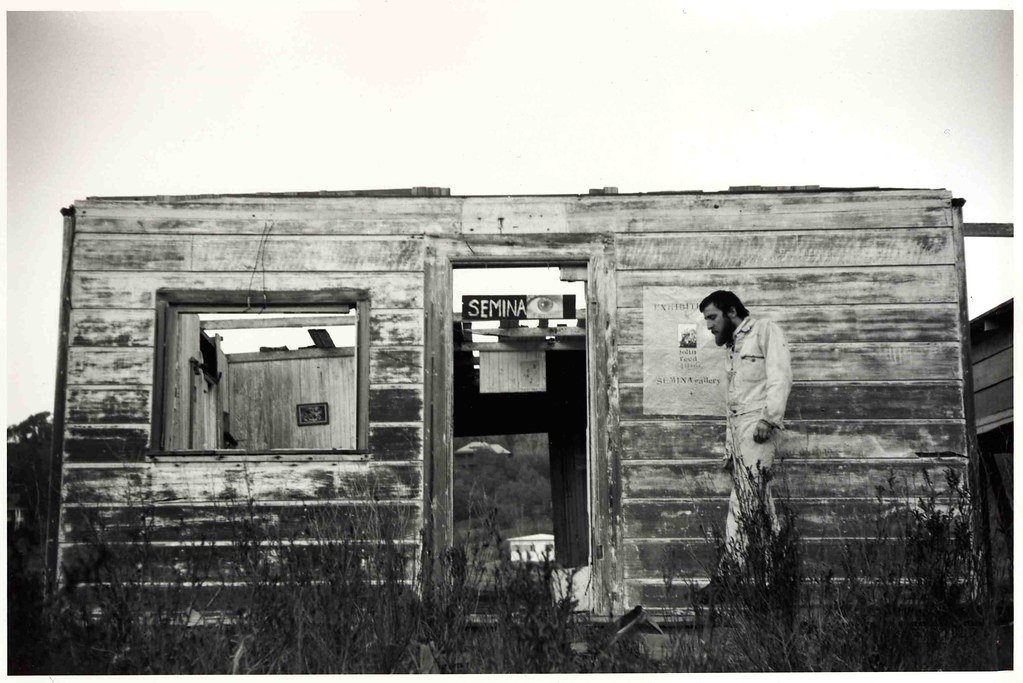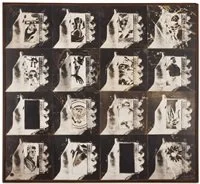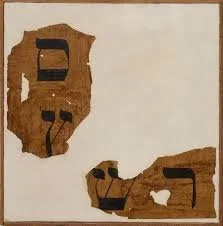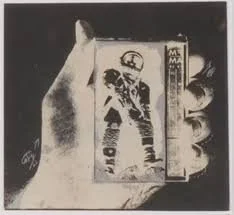
Wallace Berman
Wallace "Wally" Berman was an American experimental filmmaker, assemblage, and collage artist and a crucial figure in the history of post-war California art.
Wallace Berman was an American artist known for his mystical photo assemblages made with a Verifax photocopier and painted text. Culling from the Kabbalah, popular culture, jazz music, and American folklore, Berman’s psychedelic art manifested itself in many forms, including cryptic letters to friends, the publication Semina, and writing Hebrew script upon stones. The poet Jack Hirschman once said of his work, “All his images have about them a texture of tough bodily concentrated realism mixed with demonic funk-sense of the forlorn and violent eros of wanderers in the lush Los Angeles night of the 1960s.” Born on February 18, 1926 in Staten Island, NY, he and his family moved to Los Angeles in the mid-1930s. During the 1940s, he became involved with the West Coast jazz scene, attended art classes at the Chouinard Art Institute, and worked in a furniture factory. By the early 1950s, Berman was involved within the milieu of the Beat Movement in both San Francisco and Los Angeles. He had his first exhibition at the famed Ferus Gallery in 1957, and counted Dennis Hopper, Edward Kienholz, Jay DeFeo, and Allen Ginsberg among his friends. The artist died in a car accident on his 50th birthday on February 18, 1976 in Topanga Canyon, CA. Berman’s contribution to the culture of California in the 1960s was both influential and largely forgotten. In 2016, Kohn Gallery staged “Wallace Berman: American Aleph,” the first comprehensive retrospective of the artist in nearly 40 years. Today, his works are held in the collections of the Centre Georges Pompidou in Paris, the Tate Gallery in London, the Whitney Museum of American Art in New York, and the Los Angeles County Museum of Art, among others.



